Solutions
Horse Construction offers full range of structural strengthening materials with technical supports, documentation supports, products supports, project supports.
Planting rebar technology is an important branch of Post-Anchorage technology. By drilling, gluing epoxy anchoring adhesive and planting reinforcement on the original concrete structure, the new members are joined together with the original concrete base material.
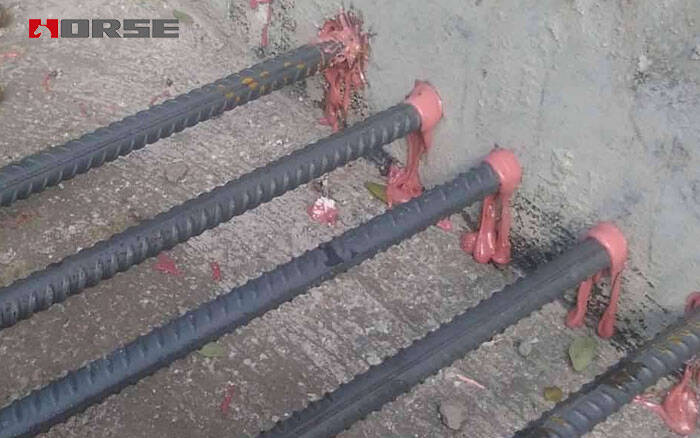
Planting rebar technology is an important branch of Post-Anchorage technology. By drilling, gluing epoxy anchoring adhesive and planting reinforcement on the original concrete structure, the new members are joined together with the original concrete base material. Implanted steel bars have similar effect to embedded steel bars in new structures, but they are easy to operate, simple in technology and flexible in application. Therefore, they are not only paid attention to in the existing structure reinforcement, but also gradually increased in the proportion of use in new structures.
As we all know, after planting rebars, it is necessary to carry out on-site pull-out test, so how to carry out on-site pull-out test?
Field test for uplift resistance of planted bars is divided into non destructive inspection and destructive testing. The destructive test should be used for important structural members, cantilever structure, suspected anchorage quality of the project, arbitration test, and non-destructive test can be used for general components. In destructive tests, reinforcement is allowed to be planted near the reinforced structure with the same strength grade of concrete as the base material, and then substituted for the test.
In site inspection and sampling of planted steel bars, the same type, specifications and strength grades of anchors shall be installed in the same anchorage parts as a test batch, and shall be sampled from the anchorage parts contained in each test batch. In the field destructive inspection, the sampling position should be chosen to be easily repaired and replanted, one thousandth of the total number of reinforcing bars in each inspection batch, and no less than 5 pieces should be inspected. If the number of reinforcing bars is less than 100 pieces, only 3 pieces can be inspected. When sampling for non-destructive inspection on site, 3% of the total number of bars planted in the inspection lot should be used for sampling of important components, and no less than 5 pieces should be randomly sampled. For general components, 1% and no less than 3 pieces should be used for random sampling. The site drawing is recommended on the seventh day after planting steel bar.
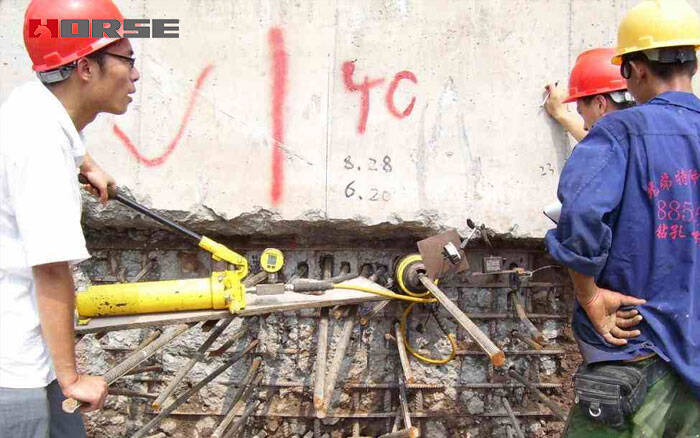
Continuous drawing or grading loading can be adopted when drawing. Continuous loading is carried out at a uniform rate in 2-3min time to test load or failure load. Grading loading means that the test load or failure load is divided into 10 grades. For non damaged inspection, tension shall be carried out by 1.15Nt. Non damaged inspection should be held for a few minutes at each level.
The evaluation of the non-destructive test shall be carried out in accordance with the following provisions according to the macroscopic state of all implanted bars during the loading period:
1. The anchorage quality should be assessed if the specimen has no slippage, no cracks or other signs of local damage during the loading period, and the load indication value of the loading device does not drop within 2 minutes or the test load with a drop of less than 5%.
2. When all the samples taken from a inspection lot are qualified, the batch shall be assessed as a qualified batch.
3. When only 5% or less of the specimens from one inspection batch are not up to standard, another 3 specimens should be taken for destructive test. If the inspection results are all qualified, the inspection lot can still be qualified.
4. When more than 5% of the samples sampled from a test batch are not up to standard, the test batch shall be assessed as non-conforming and no inspection shall be conducted.
The destructive test results showed that the quality of planted steel bars was qualified when Nu, m (> 1.45Nt) and Nu, min (> 0.85Nu, m). Among them: Nu, M represents the average value of the ultimate tensile strength of the tested planted bars; Nu, min represents the minimum value of the ultimate tensile strength of the tested planted bars; and Nt represents the design value of the axial tensile strength of the tested planted bars. The Nt value shall be provided by the design unit, and the inspection units and other units shall not have the right to decide for themselves.
You can find anything here you are in need of, have a trust trying on these products, you will find the big difference after that.
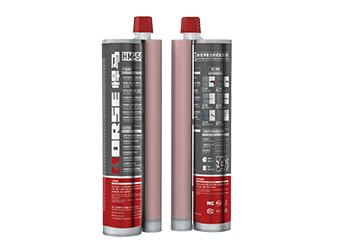
two-components modified epoxy resin adhesive, with high quality plastic tube, double cartridge package
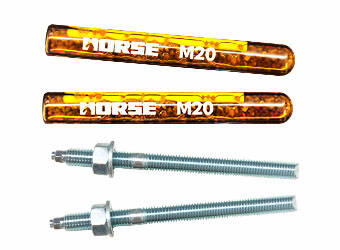
High-strength anchor bolt with vinyl resin as main materials, composed of selected quartz sands, curing agents and glass tubes
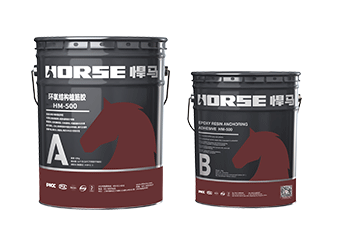
Two-component modified epoxy resin adhesive, applied to chemical planting reinforcing bar and anchor bolt anchoring